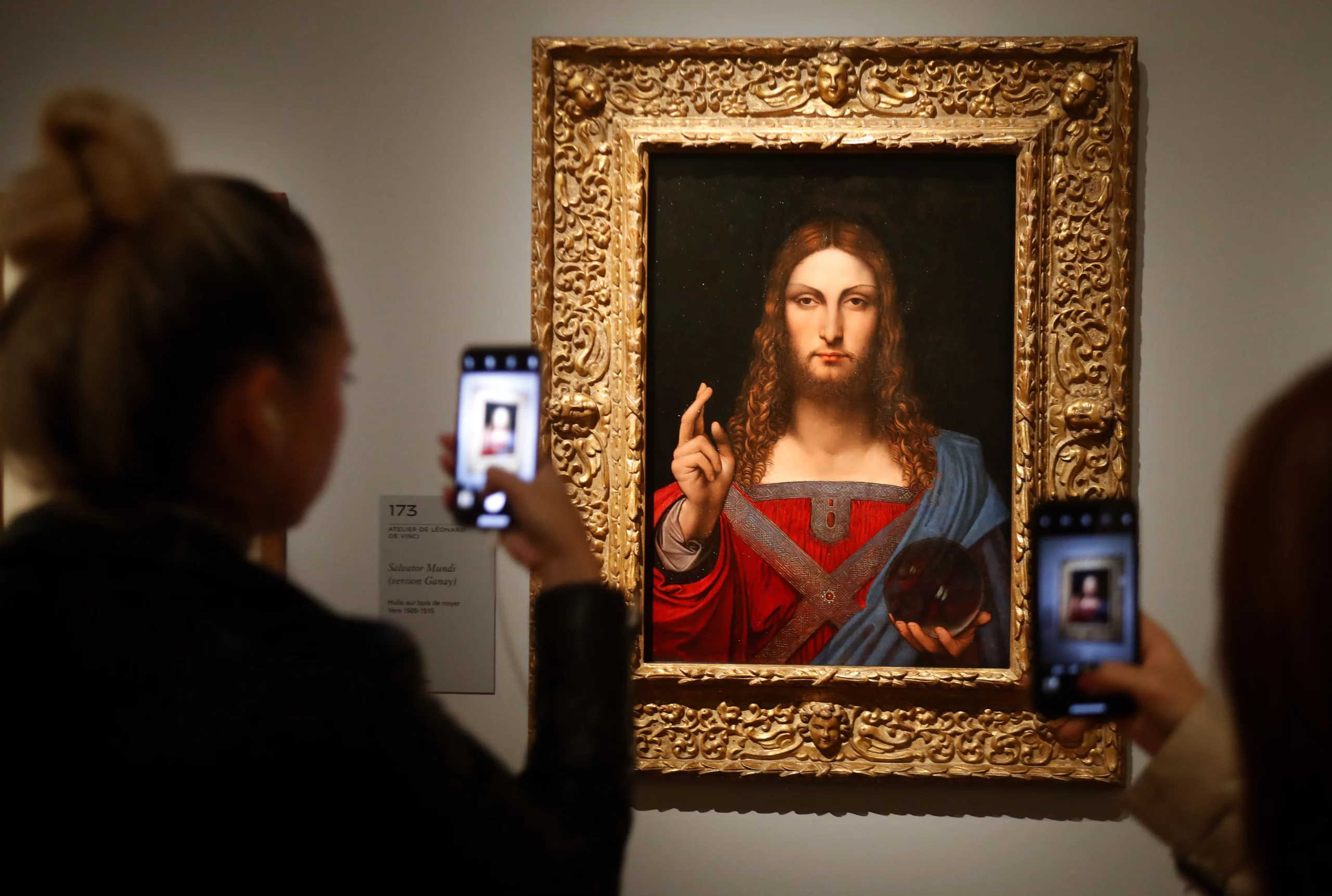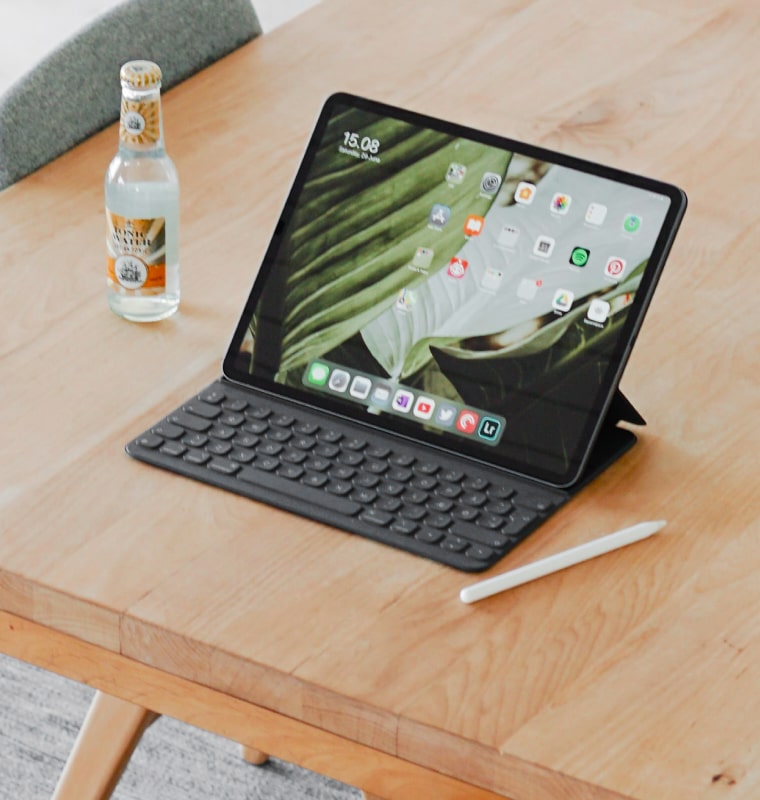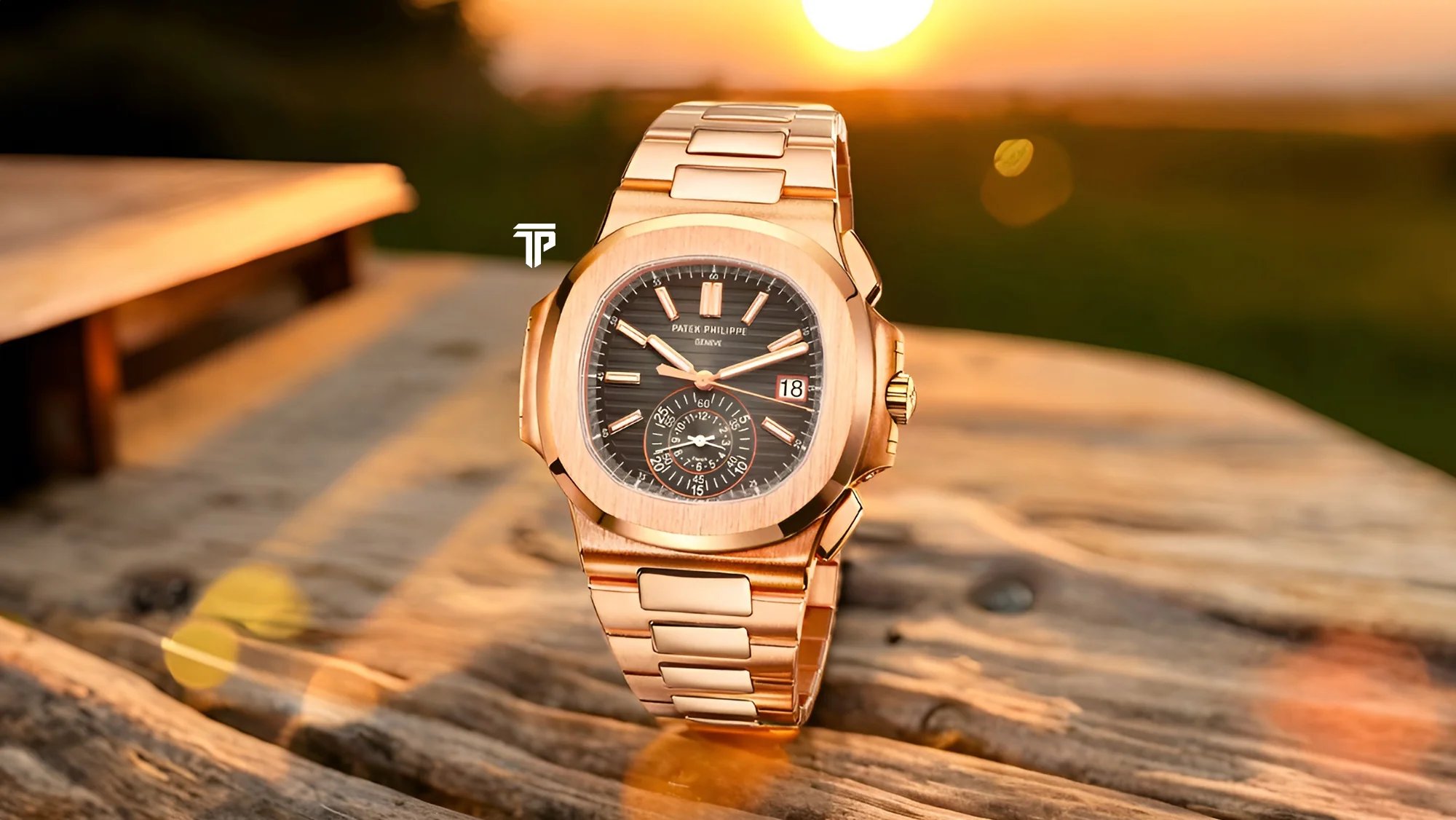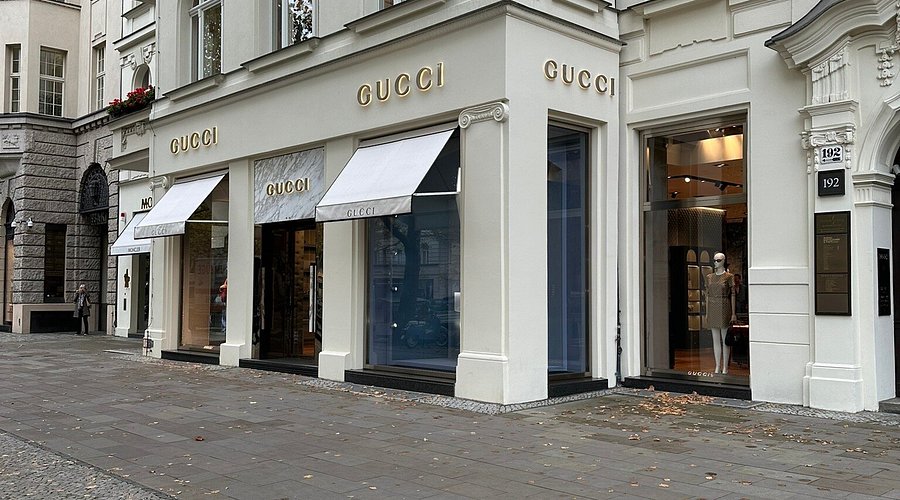Art Funds Outpace Gold as Collectors Turn Masterpieces into Investment Portfolios
By
John Carter
Last updated:
October 1, 2025
First Published:
October 1, 2025

Photo: MoMAA
The shifting landscape of wealth preservation
For centuries, gold has been considered the ultimate safe-haven asset, treasured for its stability in times of uncertainty. Yet in recent years, an unexpected rival has begun to rise. Art funds, which pool investments into collections of fine art, are now outpacing gold as high-net-worth individuals search for returns that combine culture with capital growth.
Art as a new financial instrument
Traditionally, art was purchased for passion or status, displayed in private galleries or adorned on the walls of lavish estates. Today, however, art is increasingly viewed as a serious financial instrument. Collectors and investors alike are seeing masterpieces not only as objects of beauty but as tangible assets that can deliver strong, long-term appreciation.
The role of art funds
Art funds operate much like mutual funds but instead of stocks or bonds, the investments are diversified portfolios of artworks. These funds acquire paintings, sculptures, and rare pieces from emerging and established artists, then sell them strategically for profit. For wealthy individuals who may not have the expertise to collect directly, such funds provide an accessible gateway into the art market.
Why gold is losing its shine
Gold remains valuable but lacks the cultural depth and scarcity-driven appreciation that art now commands. As inflation rises and traditional markets fluctuate, investors are drawn to art’s ability to combine financial resilience with prestige. Unlike gold, art also carries a story, a legacy, and an emotional value that enhances its appeal as an asset.
Masterpieces as generational wealth
Unlike many investments, fine art can be passed down through generations as both a cultural heirloom and a financial security. Families with centuries-old collections often find that their art not only appreciates in value but also becomes a permanent part of their identity. Art funds extend this concept to modern investors, offering them a chance to create legacy assets without needing to build a private museum.
The growing demand for cultural capital
In today’s world, wealth is no longer measured solely in financial terms. Cultural capital—the ability to shape trends, conversations, and intellectual circles—is equally significant. Art investments provide the wealthy with both returns and influence. Owning shares in a fund that holds world-renowned works allows them to signal sophistication and vision in ways gold cannot.
The rise of data-driven collecting
What was once a market built on intuition and connoisseurship is now supported by data and analytics. Sophisticated valuation models track artist trajectories, auction results, and global demand, making art funds more reliable than traditional private collecting. This scientific approach transforms the unpredictable art world into a structured financial landscape.
Globalization of the art market
The art market has expanded far beyond Europe and North America. Asia, the Middle East, and Africa are emerging as powerful centers for collecting. With international demand rising, art funds gain access to a global market that provides both diversity and resilience. This worldwide appetite ensures that the value of masterpieces is no longer confined to a single economy.
Balancing passion with profit
For many investors, art delivers something gold never could: joy. Beyond financial performance, owning part of a masterpiece connects investors to history, emotion, and creativity. This balance between passion and profit has made art funds uniquely appealing to those who want wealth to feel more human and meaningful.
The future of art as an asset class
As uncertainty grows in traditional markets, art funds are expected to become a permanent fixture in the portfolios of the world’s wealthy. They not only rival gold in returns but surpass it in cultural relevance. For today’s elite, investing in art is no longer just about appreciation of beauty but also about securing a future where wealth, culture, and legacy coexist seamlessly.
Subscribe to unlock premium content
Sed at tellus, pharetra lacus, aenean risus non nisl ultricies commodo diam aliquet arcu enim eu leo porttitor habitasse adipiscing porttitor varius ultricies facilisis viverra lacus neque.
A comprehensive guide on Agile development

10 Productivity tools that are worth checking out

Top 7 Must have management tools for productivity

A comprehensive guide on Agile development

10 Productivity tools that are worth checking out

A comprehensive guide on Agile development








.png)
